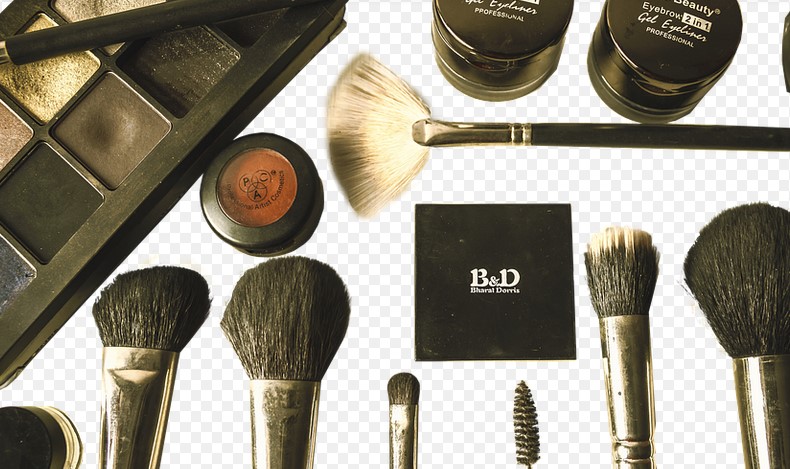The Basics of Hair Bleaching
Bleaching your hair is a popular way to achieve a lighter hair color, but it can come with some side effects. Hair bleaching involves using a mixture of chemicals to strip the color from your hair, leaving it lighter. The chemicals used can be harsh and cause damage to your hair if not done correctly. One of the most common side effects of hair bleaching is a burning sensation on the scalp.
Why Does Hair Bleaching Burn?
The chemicals used in hair bleaching, such as hydrogen peroxide and ammonia, can cause the scalp to become irritated and burned. The chemicals can strip the natural oils from your scalp, leaving it dry and sensitive. This can lead to redness, itching, and a burning sensation. The higher the concentration of chemicals used, the more likely you are to experience burning.
How to Prevent Burning During Hair Bleaching
To prevent burning during hair bleaching, it’s important to use the right products and techniques. Always follow the instructions on the product carefully and don’t leave the bleach on your hair for longer than recommended. Test a small patch of your scalp before applying the bleach to your entire head to check for any adverse reactions. Consider using a lower concentration of chemicals if you have sensitive skin or have experienced burning in the past.
The Risks of Hair Bleaching
Burning isn’t the only risk associated with hair bleaching. Hair bleaching can cause damage to your hair, making it dry, brittle, and prone to breakage. It can also cause split ends and hair loss. If you have previously colored your hair, the bleach may not lift the color evenly, leaving you with patches of different shades.
How to Minimize Damage During Hair Bleaching
To minimize damage during hair bleaching, it’s important to take care of your hair before and after the process. Use a deep conditioning treatment before bleaching to help protect your hair. After bleaching, use a protein treatment to help strengthen your hair and prevent breakage. Avoid using heat styling tools and harsh shampoos, which can further damage your hair.
Alternatives to Hair Bleaching
If you’re concerned about the risks of hair bleaching, there are alternatives you can consider. Hair dye can provide a similar effect without the use of harsh chemicals. You can also try using natural lightening methods such as lemon juice or chamomile tea. However, keep in mind that these methods may not be as effective and can take longer to achieve the desired results.
Conclusion
Bleaching your hair can be a great way to achieve a lighter hair color, but it’s important to understand the risks involved. Burning is a common side effect of hair bleaching, but it can be prevented by using the right products and techniques. If you’re concerned about the risks of hair bleaching, consider alternative methods or speak to a professional stylist for advice. Remember to always take care of your hair before and after bleaching to minimize damage.

